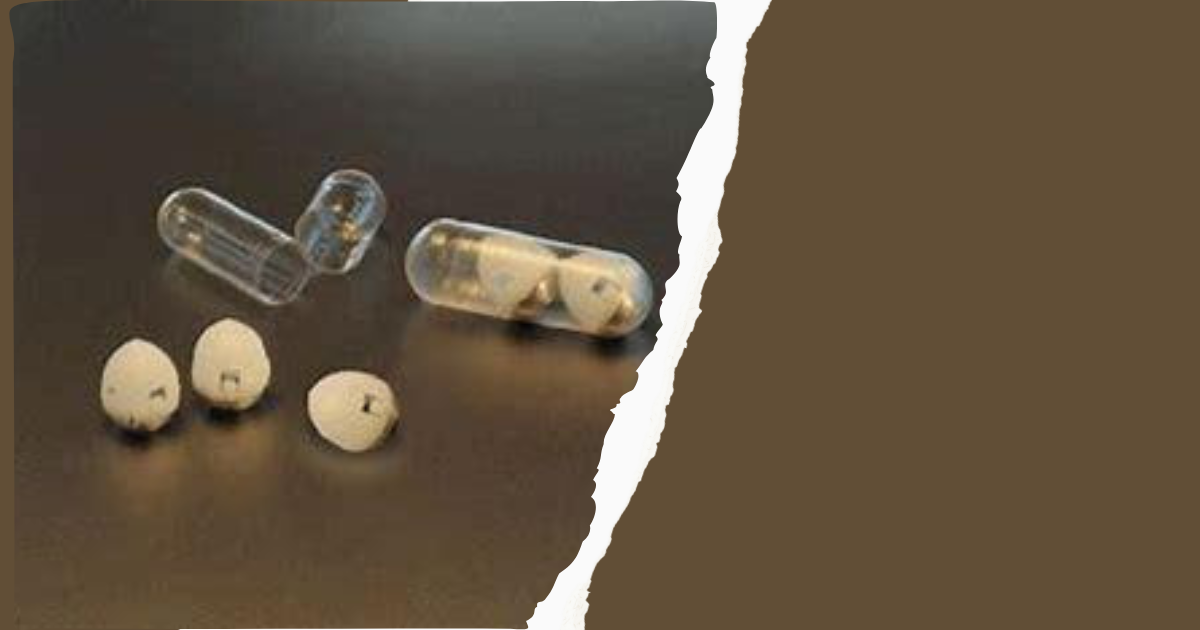
Source: Healthcare-in-europe.Com
Traverso’s Lab, USA has been working for many years to develop strategies to deliver protein drugs like insulin orally. This is an uphill task as protein drugs tend to be broken down in the digestive tract which has an acidic environment and also have difficulty in penetrating the mucus barrier that lines the GI tract. This also implies that insulin and most other biologic drugs (drugs consisting of proteins and nucleic acid) have to be either injected or administered in the hospital. To overcome this issue Shriya Srinivasan, the lead author of the study, also a research affiliate at MIT’s Koch Institute for Integrative Cancer Research came up with the idea of creating a protective capsule which includes a mechanism that can tunnel through mucus same as tunnel boring machines drill into soil and rock.
The idea is that one would ingest this capsule and its outer layer would dissolve in the digestive tract, exposing all these features that start to churn through the mucus and clear it. So in the drug delivery research, a new drug capsule that can be taken orally has been developed at MIT which can tunnel through mucus in the GI tract and aid large proteins such as insulin and small molecule drugs to be absorbed in the digestive tract. It is thought that one day these drug capsules may be able to replace insulin injections in diabetic patients.
The capsule developed has been named the ‘RoboCap’ capsule which is the size of a multivitamin, carries its drug payload in a small reservoir at one end and carries the tunneling features in its main body and surface. There is a robotic cap on the capsule which spins and tunnels through the mucus barrier on reaching the small intestine, permitting the drugs carried in the capsule to pass into cells lining the intestine. The capsule has gelatin coating on it which can be tuned to dissolve at a specific pH.
When the coating dissolves, the change in pH triggers a tiny motor inside the capsule to start spinning. This movement aids the capsule to tunnel into the mucus and displace it. With this displacement of mucus we can maximise the drug dispersion within the local area and enhance the absorption of both small and macromolecules. This displacement of mucus happens with the small studs which are coated on the capsule to brush away mucus. The spinning motion also helps to erode the compartment that carries the drug which is gradually released into the GI tract.
The RoboCap thus combines all the elements of tunneling, then displacing the mucus and delivering the drug optimally so that there is maximum drug absorption at the delivery site.
In tests in animals, the researchers used this capsule to deliver either insulin or vancomycin which is a large peptide antibiotic used to treat a broad range of infections including skin infections, infections affecting orthopedic implants. It was found that they were able to deliver 20 to 40 times more drug than a similar capsule without the tunneling mechanism. Once the drug is released, the capsule itself passes through the digestive tract on its own. There were no signs of inflammation or irritation in the digestive tract once the capsule passed through and also the mucus layer reformed within a few hours after being displaced by the capsule.
The study has been published in Science Robotics. In this study the capsule has released its payload in the small intestine but it could also be used to target the colon or stomach by changing the pH at which the coating of gelatin dissolves. The research team intends to explore the possibility of delivering other protein drugs like GLP1 receptor agonist which is sometimes used in the treatment of type 2 diabetes and also use these capsules to deliver topical drugs to treat ulcerative colitis and other inflammatory conditions by maximizing the local concentration of the drugs in the tissue to help treat the inflammation.

